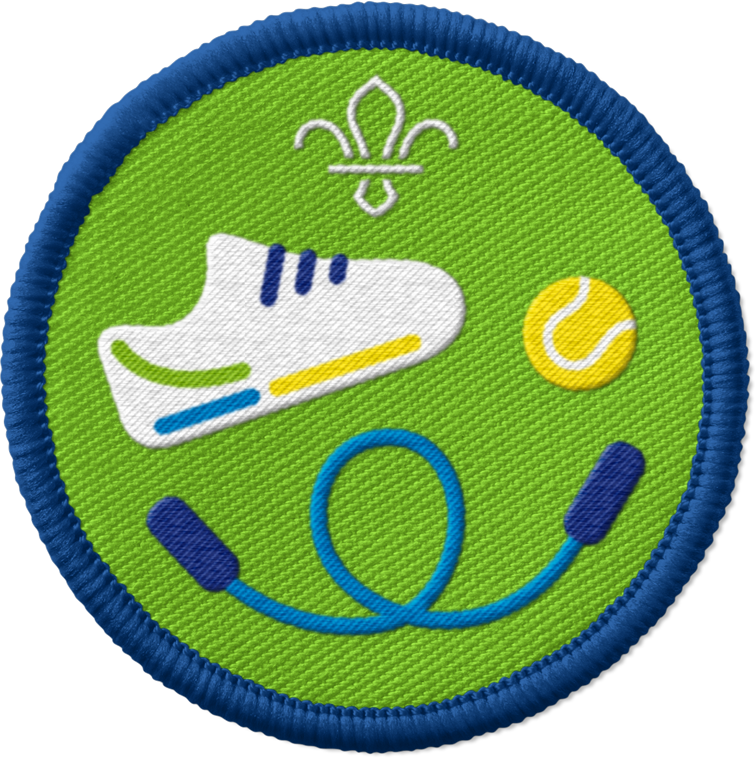Rush hour
You’ll need
- Cones or other markers
Learn through play
This activity was created with our friends at Boing Kids. Boing is all about giving children the tools they need to explore the world around them and solve problems in a fun way. They support people to create playful, active, and inclusive spaces that develop children’s physical literacy. Physical literacy means understanding how you interact with the world around you – it involves concepts like reacting to objects, moving creatively, and interacting with other people.
Before you begin
- Use the safety checklist to help you plan and risk assess your activity. Additional help to carry out your risk assessment, including examples can be found here. Don’t forget to make sure all young people and adults involved in the activity know how to take part safely.
- Make sure you’ll have enough adult helpers. You may need some parents and carers to help if you’re short on helpers.
Preparing the playing area
- Mark out a square as big as the space you’re playing in, with a smaller square in the middle around 3m by 3m.
Play the game
- Everyone should get into groups of three and stand at different corners of the large square. If you’ve got a large group, you could mark out a second set of squares or ask people to get into groups of four or five people instead.
- The aim of the game is to move from one corner to the opposite corner without running into anyone else.
- When the person leading the game says ‘go’, one person from each group should make their way as fast as they can to the opposite corner. They must go through the smaller square in the middle of the space.
- If anyone gets too close to someone else or bumps into them, both people should go back to the corner they came from and try again.
- When someone gets to the opposite corner, the next member of their group should start making their way to the opposite corner.
- The game ends when everyone gets back to where they started.
The key to learning through games isn’t winning or losing: it’s creating the right atmosphere.
Try to create a space where everyone feels confident trying new things, finding out what works, and learning from what doesn’t work.
Sometimes things might feel a bit chaotic – as long as everyone’s enjoying themselves and getting involved, you’re onto a winner.
There are three things you can change to get the right atmosphere: the task, the environment, or the individual.
If a game’s too easy (or it feels a bit boring), you could:
- make the task harder
- make the game area smaller
- add more obstacles
- give individuals different roles to do.
If a game feels too chaotic or difficult, you could:
- make the task simpler
- remove or change some equipment
- ask people to work together.
Reflection
Take the time to think about what you did and why – you’ll be amazed at what you learn.
Try out a quick, active reflection from our reflective toolkit to lock in the great things you tried and learned in this activity.
Safety
All activities must be safely managed. You must complete a thorough risk assessment and take appropriate steps to reduce risk. Use the safety checklist to help you plan and risk assess your activity. Always get approval for the activity, and have suitable supervision and an InTouch process.
- Active games
The game area should be free of hazards. Explain the rules of the game clearly and have a clear way to communicate that the game must stop when needed. Take a look at our guidance on running active games safely.
- Contact games and activities
Make sure everyone understands what contact is acceptable, and monitor contact throughout the activity.
- Outdoor activities
You must have permission to use the location. Always check the weather forecast, and inform parents and carers of any change in venue.
You could give each person a ball to bounce or kick while they move from one corner to the other.
You may also want to ask everyone to do different movements and travel in different ways.
Remind everyone the goal of the game is to move around without bumping into each other – it’s not a race!
Remember to choose a movement that everyone in your group can complete.
All Scout activities should be inclusive and accessible.
You could use this game as part of your warm-up, along with Mirror me: the warm-up, before taking part in some other sports or athletics activities.
Once everyone’s got the hang of the game, you could ask everyone to think of different ways to move and play again.
